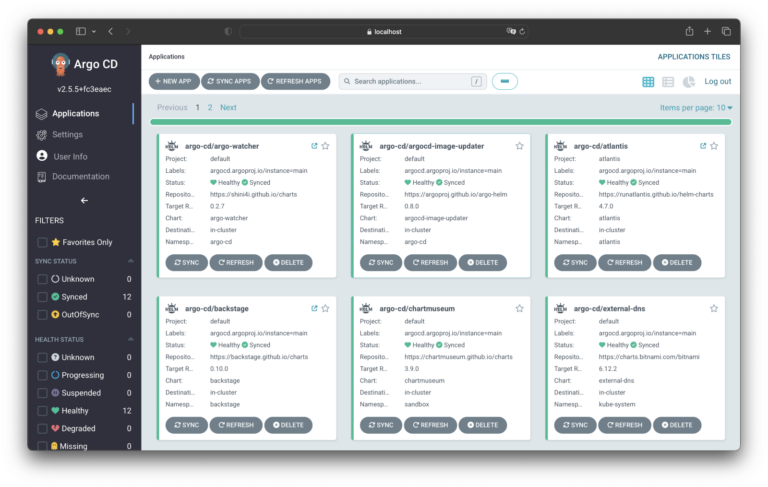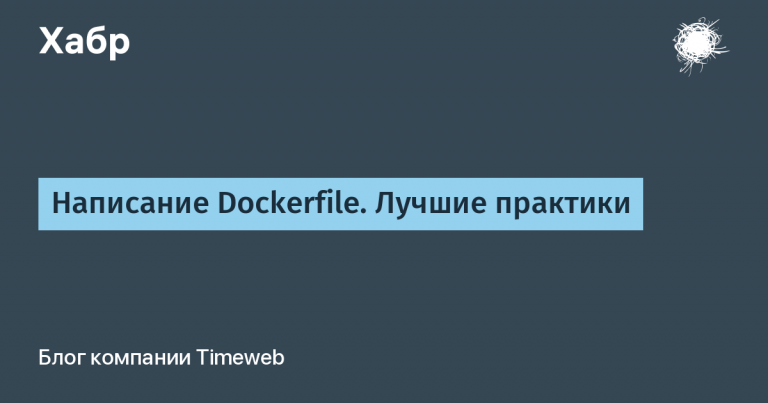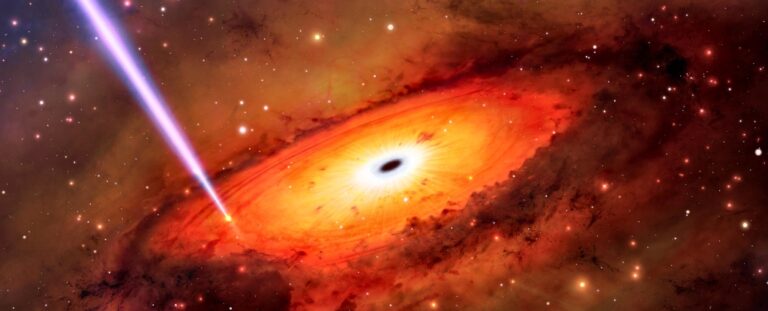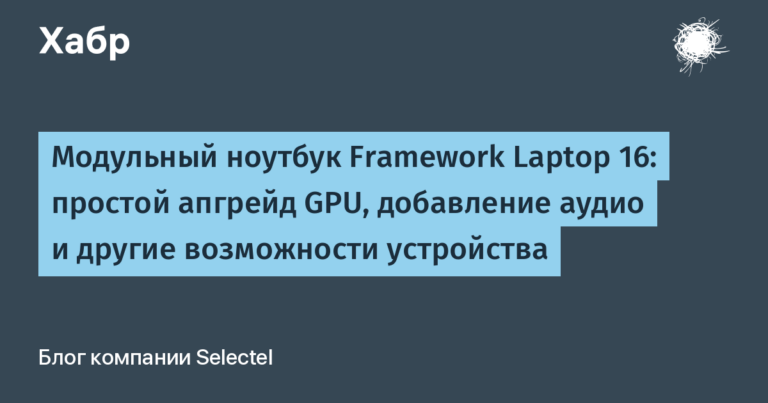How the Xerox Star Created the Desktop
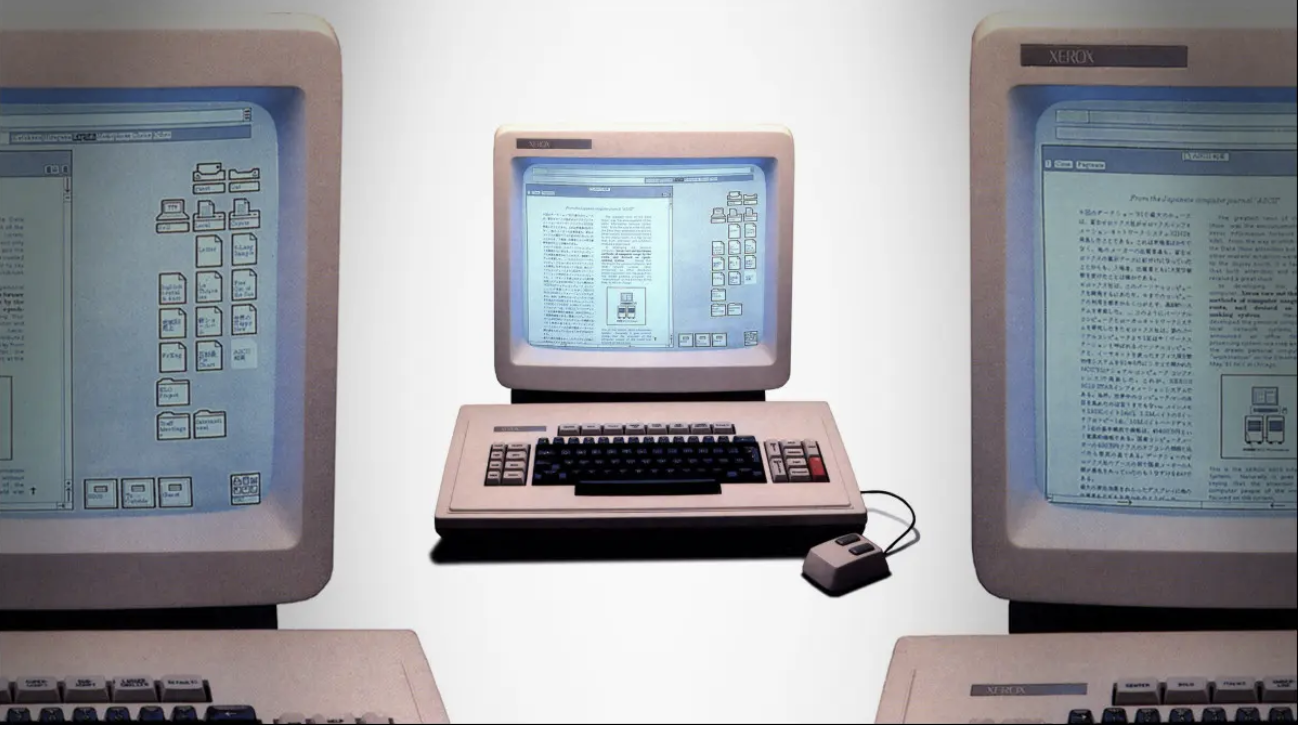
Xerox
In 1981, Xerox released the Xerox 8010 Star Information System, the first commercial computer to use the desktop graphic model with folders and icons that we still use today. After 40 years, we analyze why he became special.
Acquaintance of office workers with a computer.
In the 1960s and 70s, most computers were large and expensive systems running using punched card batch processing or interactive operating systems.
accessed via
or video display terminals. They were not very user-friendly and required specialized training to program or operate correctly.
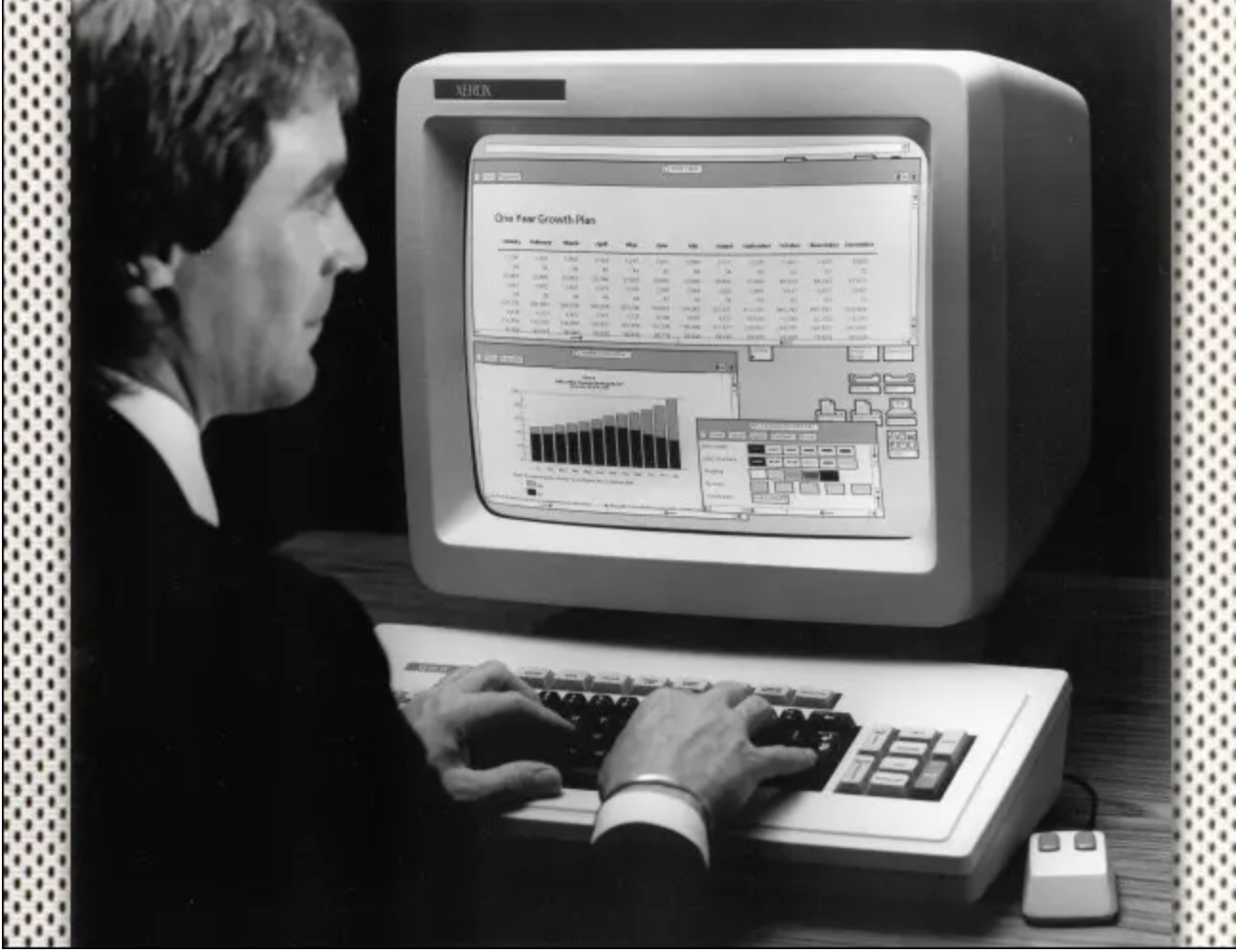
Xerox Star, for the first time, made computers user-friendly. Xerox/Norm Cox/Digibarn
In the early 1970s, Xerox began experimenting with a new graphical approach, resulting in the revolutionary Xerox Alto computer, which used a mouse and a raster display. When the time came to commercialize the Alto in mass production in the late 1970s, Xerox needed an interface that could make it easier for non-computer-savvy office workers to use the computer. This task fell to David Canfield Smith of Xerox, who invented the desktop metaphor for the 1981 Xerox Star 8010 Information System.
The history of the desktop metaphor
When Xerox tasked David Canfield Smith with figuring out how regular office workers could use Xerox’s new bitmap computer system, Smith used his expertise in graphical computing, where the computer could be programmed visually. In the process, Smith invented the computer icon first described in his doctoral thesis.
Following this idea, Smith realized that he needed a suitable concept that office workers would already understand. He settled on visual, on-screen displays of real objects such as file cabinets, folders and baskets that office workers used every day.
“I literally took a close look at my office and created icons for everything I saw,” Smith said in his acceptance speech. awards in 2020written for the Special Interest Group on Computer-Human Interaction (SIGCHI) of the Association for Computing Machinery.
Not surprisingly, icons have played a huge role in the Xerox Star interface. After several variations of experimental icons, a Xerox graphic designer named
designed the final Star interface, which included the first document and folder icons in computer history.
“The folder was an actual illustration of a computer file ‘catalog’,” Cox wrote in a letter to How-To Geek. “It was probably the easiest of all the icons to visualize as it had such a familiar real visualization (the ubiquitous manila folder) with a very distinct shape”

The Xerox Star folder borrowed its design from Manila folders. Digibarn/Mega Pixel/Shutterstock.com
Cox encountered great difficulty in drawing the generic document icon, which went through several design phases. “Originally, a document icon was difficult to visually represent as a piece of paper,” says Cox. “The inspiration for the upside-down corner came from an icon stamped on an office copier that told people how to properly insert documents into the paper feeder—face up or face down.”

Xerox/Norm Cox/Digibarn
Ultimately, the Star interface turned out to be familiar to office workers. Smith, in his speech, claims that there were only positive reviews during testing. It wasn’t as versatile as other desktop graphical interfaces that came after Star, but it certainly was one of the first desktop and graphical icon computers we use today.
Xerox Star 8010 Information System Specifications
The Xerox Star 8010 Information System was created by Xerox’s Systems Development Department (SDD) and was developed by the aforementioned David Canfield Smith and Norm Cox, as well as a team of others including Dave Liddle, Charles Irby, Ralph Kimball, Bill Verplank , Wallace Judd and others.

Desktop The Xerox 8010 “Star” Information System
They created a powerful but expensive computer model with a high-resolution monochrome bitmap display, an internal hard drive, and built-in Ethernet LAN support. Here is an overview of its specifications:
- Submitted: April 27, 1981*.
- Price: $16,595 (about $51,500 today)
- CPU: Custom AMD Am2900-derivative
- Memory: 384 KB – 1.5 MB
- Storage: 10-40 MB hard disk, 8″ floppy disk (600 KB)
- Display: 17″ CRT with 1024×808 resolution, 1-bit monochrome
- Input: 2-button mouse, modular keyboard
- Networking: Ethernet
Using the 8010, you could easily design a document with graphic and text elements and then print it out on a network laser printer to be shared with a group of 8010 workstations.
With a high price tag and a target market of large enterprises, Star was not destined to become a mainstream product. But he was quite successful: according to Digibarnsold “tens of thousands” of devices and inspired developers to build further systems that upgraded the Star desktop interface into an operating system called Viewpoint. It has also inspired several well-known companies such as Apple and Microsoft.
From Xerox to Apple: Continuous Innovation
Throughout human history, technology has built on prior achievements. Technological innovation can be thought of as a long, continuous series of inventions that are more interconnected than sudden discoveries that appear out of nowhere. For example, the Star system is largely borrowed from the Xerox Alto and the
created by Alan Kay, and Alto herself
from previous graphic computer projects.
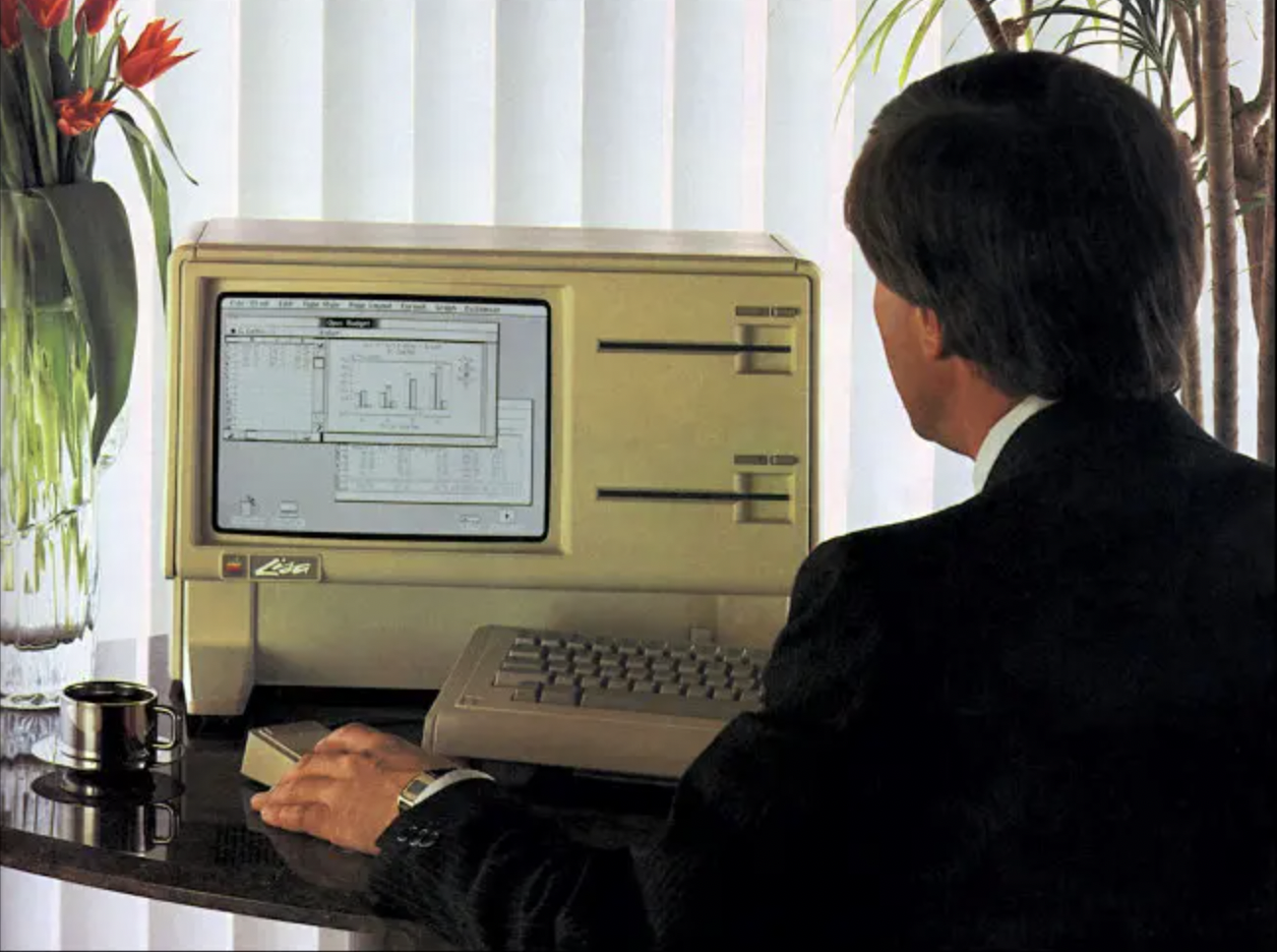
Apple
Likewise, the Star influenced subsequent computer systems such as the Apple Lisa, although there is some confusion as to how closely the Apple Lisa’s interface was derived from the Xerox Star. This is not a black and white story: the Lisa project predates the release of Star, and the Lisa development team claims they were mostly inspired by the Xerox Alto’s Smalltalk programming environment. But in interview with Byte Magazinepublished in early 1983 by Xerox veteran and member of the Lisa team Larry Tesler acknowledged the strong influence, saying:
We went to the NCC when Star was announced and looked into it in detail. And yes, it actually had an immediate impact. A few months after we met her, we made some changes to our user interface based on ideas that were based on ideas gleaned from Star. For example, the desktop manager we had before was completely different; we didn’t use icons at all, and we didn’t really like it. We decided to change ours to the icon base. But that was probably the only thing we borrowed from Star, I think. Our biggest inspiration from Xerox is Smalltalk, not Star.
Lisa borrowed the icon-based desktop metaphor from Star, but Apple deserves special credit for its massive improvement. Apple Lisa introduced new and innovative GUI ideas such as the ability to drag and drop icons and windows, the trash can (not present in the original Star program but added later), the menu bar, dropdown menus, control bars, window overlays, and
The Macintosh also continued to develop the Lisa interface, adding its own unique elements and extending the continuum to the present day. Likewise, Microsoft Windows took inspiration from Xerox and Apple, adding new elements to the desktop metaphor and GUI we use today.
Despite the influence that Apple had on Xerox, Norm Cox was not offended. “Personally, I was flattered and grateful that some of our work was copied [и это] gave impetus to a revolutionary new way of working with computers,” says Cox. “[Она] created new methods of design thinking and the direction of design, which we now call
“.
Some advertising
Thank you for staying with us. Do you like our articles? Want to see more interesting content? Support us by placing an order or recommending to friends,
cloud VPS for developers from $4.99
,
a unique analogue of entry-level servers, which was invented by us for you:The whole truth about VPS (KVM) E5-2697 v3 (6 Cores) 10GB DDR4 480GB SSD 1Gbps from $19 or how to share a server?
(available with RAID1 and RAID10, up to 24 cores and up to 40GB DDR4).
Dell R730xd 2 times cheaper in the Maincubes Tier IV data center in Amsterdam? Only here 2 x Intel TetraDeca-Core Xeon 2x E5-2697v3 2.6GHz 14C 64GB DDR4 4x960GB SSD 1Gbps 100 TV from $199 in the Netherlands! Dell R420 – 2x E5-2430 2.2Ghz 6C 128GB DDR3 2x960GB SSD 1Gbps 100TB – from $99! Read about how to build infrastructure corp. class with the use of Dell R730xd E5-2650 v4 servers worth 9,000 euros for a penny?


